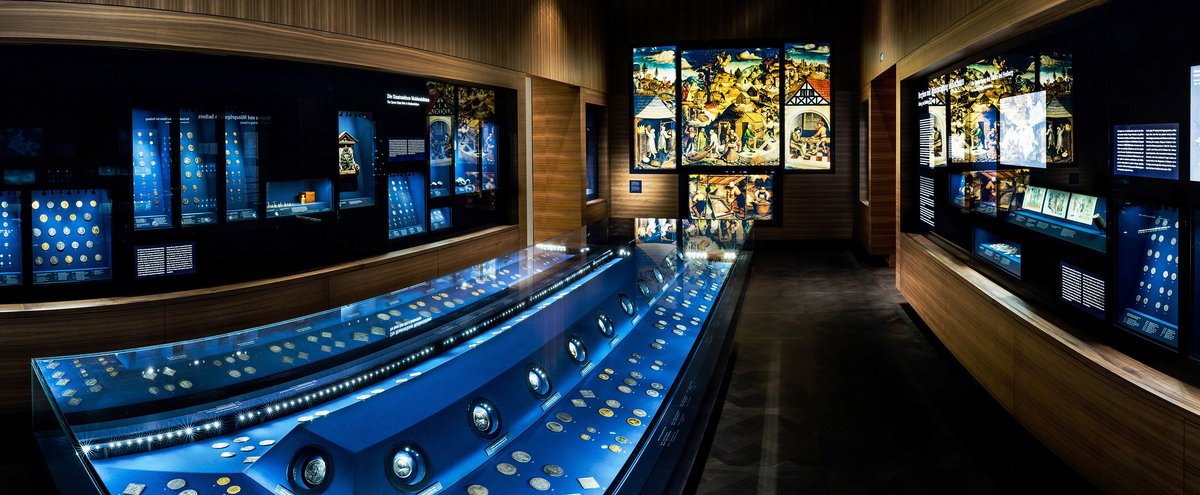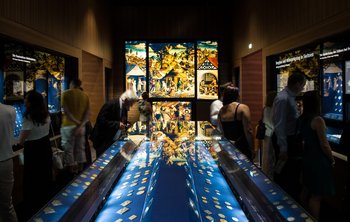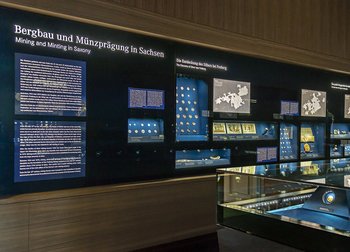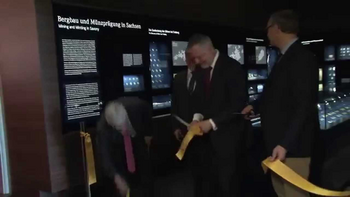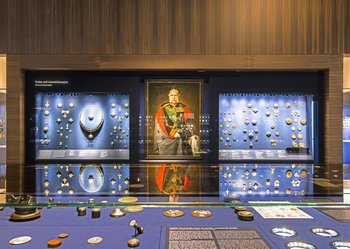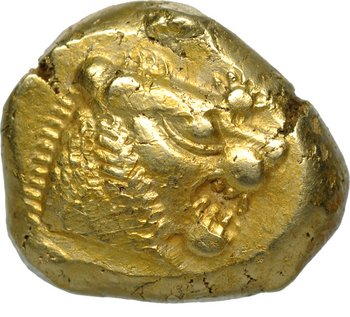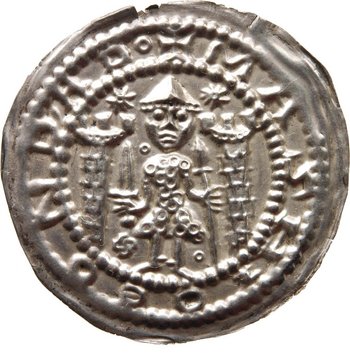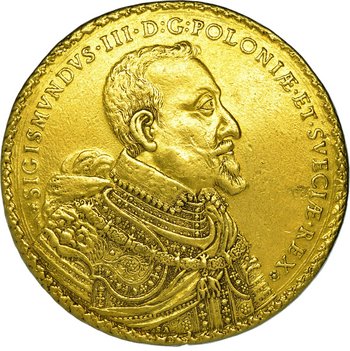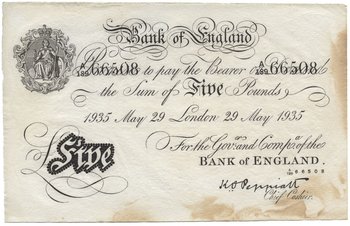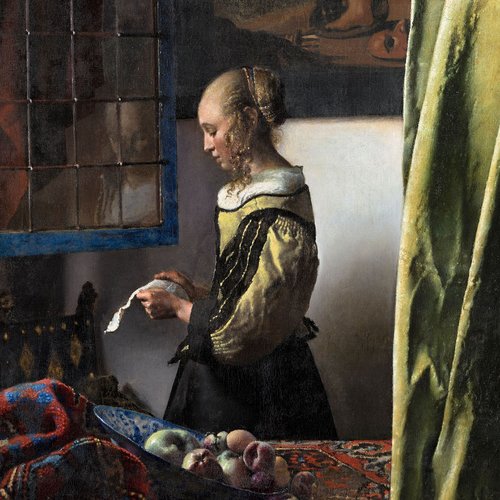Medals
Though the term “coin cabinet” seems to suggest only coins, the collection offers much more: Medals, banknotes, honorary decorations, bonds, minting technology, stamps and play money can be admired here. But the money shown here was often much more than a means of payment. In their day, coins also were a means of communication, a medium of dissemination for important political messages and thus part of visual politics. August the Strong, for example, commissioned his depiction on a medal as Hercules after he was crowned King of Poland, and when his son was born, he ordered a medal to be struck in his honour.
